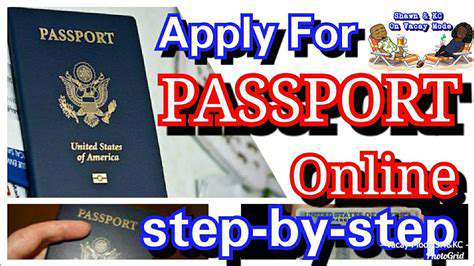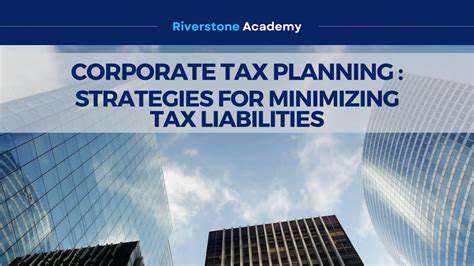Understanding the Visa Interview Process
Required Documents and Supporting Information
The document checklist can seem endless - passports, bank statements, employment verification letters, and sometimes even vaccination records. What many applicants don't realize is that document organization matters just as much as the documents themselves. I once watched an applicant fumble through disorganized papers during their interview, creating unnecessary stress. Creating a color-coded folder system (financial docs in blue, personal identification in red) saved me hours of frustration during my own application process.
Interview Preparation and Conduct
That moment when you're called into the interview room can make your palms sweat. From observing dozens of applicants, I've noticed those who practice aloud beforehand perform significantly better. A friend preparing for a work visa recorded herself answering common questions, which helped her spot awkward phrasing. The key isn't memorization, but rather developing comfortable, natural responses. One consular officer told me they can spot scripted answers from a mile away - authenticity matters.
Processing Time and Potential Delays
Waiting for visa approval tests everyone's patience. The most stressful situation I've seen involved an applicant who didn't account for holiday closures in their timeline. They nearly missed their program start date. Now I always recommend adding a 2-3 week buffer to estimated processing times. Setting up application tracking alerts provides peace of mind during the waiting period - the notification that my visa was approved came while I was grocery shopping!
Fees and Payment Methods
Visa fees can add up quickly, especially for family applications. A common pitfall is not realizing some payments must be made in specific currencies or payment methods. My colleague learned this the hard way when her credit card payment was rejected because the embassy only accepted bank transfers. Creating a payment checklist with exact amounts and acceptable methods prevents last-minute scrambles.
Possible Reasons for Rejection and Appeals
Receiving a rejection letter feels devastating. What many don't realize is that rejection reasons often point directly to fixable issues. A client of mine was denied due to insufficient financial documentation. We resubmitted with additional bank statements and a detailed expense breakdown, resulting in approval. Understanding that most rejections aren't permanent roadblocks, but rather requests for clarification, changes the entire perspective.
Understanding Visa Types and Requirements
Choosing the wrong visa category creates unnecessary complications. I'll never forget the entrepreneur who applied for a tourist visa when he needed a business visa - it cost him three months of delays. The differences between visa types often come down to subtle details. Creating a comparison chart of requirements helped me identify the perfect visa for my graduate studies abroad. Embassy websites usually have clear category descriptions, but consulting with an immigration specialist can provide valuable clarity for complex situations.
Common Visa Interview Questions and How to Answer Them
What to Expect During Your Visa Interview
Interviews vary by consulate, but some elements remain consistent. The officer will verify your documents while assessing your demeanor. My first visa interview taught me that how you say things matters as much as what you say. Nervous laughter made my answers seem uncertain until I consciously slowed my speech. Keeping essential documents in a neat folder (not stuffed in your pockets) shows organization skills they appreciate.
Expect questions to flow from general to specific. They might start with Tell me about your trip before drilling into exact itinerary details. A fellow traveler shared how mentioning a specific hotel led to questions about its location - she was glad she'd studied a map beforehand. If you mention visiting a friend, be ready to explain how you know them. These follow-up questions test consistency, not trick you.
Remember, pauses are okay. During my last interview, I needed a moment to recall a date. Saying Let me check that exact date in my records came across better than guessing wrong. Honest uncertainty beats fabricated certainty every time. The officers recognize genuine applicants by their comfort with occasional I don't know responses when appropriate.
Common Visa Interview Questions and Sample Answers
Why are you visiting? seems simple until you're put on the spot. The most convincing answers I've heard combine specific plans with personal connections. Instead of sightseeing, try I'll attend the Barcelona Design Week on June 5-8 (shows invitation), then visit my former exchange student host in Madrid. This demonstrates both purpose and local ties.
Financial questions intimidate many applicants. A brilliant approach I witnessed involved visual aids - the applicant brought a one-page financial summary chart. Color-coded sections showed savings (green), expected expenses (blue), and remaining balance (yellow). The officer appreciated this clarity and approved her quickly. If using sponsors, prepare their documents in the same organized manner as your own.
What ties you to your home country? requires concrete examples. Listing my job isn't enough. Better: I have a promotion letter showing my management position starting July 1, mortgage documents for my condo, and my daughter's school enrollment confirmation. Tangible evidence always trumps vague statements. One applicant brought photos of family events - while unconventional, it effectively showed deep community roots.
Travel history questions assess reliability. An acquaintance with multiple entry stamps created a spreadsheet showing all international trips with dates and purposes. This organized approach impressed the officer. If you've had visa denials, prepare a brief, factual explanation. My 2022 application lacked sufficient financial proof; here's how I've addressed that shows growth and responsibility.
Preparation transforms anxiety into confidence. I recommend mock interviews with someone playing the stern officer role. A friend's harsh practice questioning felt excessive at the time, but made the actual interview seem easy by comparison. Record these sessions to notice nervous habits to eliminate.
Understanding the Visa Interview Process: Beyond the Basics
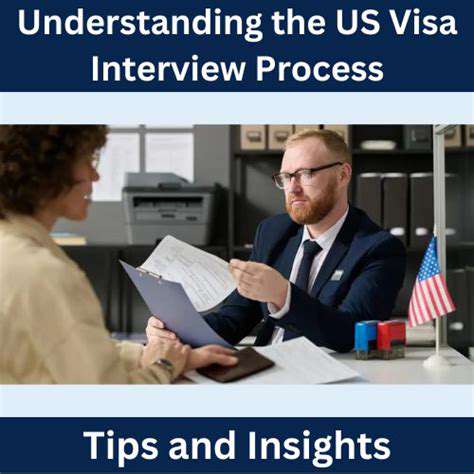
Visa Interview Preparation: Document Review
Document preparation is an art I've refined through trial and error. My document table method has helped dozens of applicants: lay out every page in order on a large table to spot inconsistencies. Last month, this revealed my client's bank statement didn't show the account holder's name clearly. We obtained a certified letter from the bank just in time. Digital scans should be equally meticulous - fuzzy PDFs raise unnecessary doubts.
Create a master checklist with three columns: Document | Status (Ready/Pending) | Notes. This visual system prevented me from forgetting to notarize a crucial affidavit. For family applications, assign each member a color code. The extra hour spent organizing pays dividends when the officer can easily navigate your submission.
Understanding Visa Interview Etiquette
First impressions form before you speak. At the London consulate, I noticed officers greeting well-dressed applicants more warmly. Business casual works for most interviews, but research your specific consulate's culture. Some Asian embassies appreciate more formal attire. Arrive exactly 15 minutes early - too early causes crowding, while late starts you off stressed.
Nonverbal communication speaks volumes. An immigration consultant taught me the triangle technique - alternate eye contact between the officer's left eye, right eye, and mouth. This creates engagement without staring. Keep hands visible on the counter - sudden movements under the table appear suspicious. When handing documents, use both hands as a sign of respect in many cultures.
Preparing for Common Interview Questions
Beyond memorizing answers, understand the intent behind questions. What will you do there? really asks Will you violate visa terms? Frame responses to alleviate those concerns. For business visas, emphasize scheduled meetings over vague networking. For tourism, detail booked activities rather than just exploring.
Practice the STAR method for behavioral questions: Situation, Task, Action, Result. When asked about previous travel, structure responses like: In France (Situation), I needed to extend my stay (Task). I applied at the préfecture with hotel proofs (Action), and received a 15-day extension (Result). This demonstrates both travel experience and rule-following behavior.
Highlighting Your Ties to Your Home Country
Proving you'll return home requires creativity. Beyond standard documents, consider including:- Letters from community organizations verifying your volunteer commitments- Registration for upcoming local events- Receipts for non-refundable deposits (e.g., wedding venue)One applicant showed me how including her dog's vaccination records (showing ongoing care needs) helped prove she'd return.
For students, emphasize post-graduation plans. My university's career center provided this letter showing high placement rates in my field locally demonstrates strong return incentives. Property deeds work well, but even rental leases show stable ties. The key is demonstrating disruption costs - what you'd lose by not returning.
Managing Your Nervousness
Performance anxiety is normal. A consulate security guard once told me they can predict approval chances by how applicants walk from waiting area to window. Practice confident body language beforehand - shoulders back, steady pace. Try the 4-7-8 breathing technique while waiting: inhale 4 seconds, hold 7, exhale 8. It lowers heart rate noticeably.
Reframe nervous energy as excitement. Before my last interview, I repeated This is my chance to share my plans instead of This is my judgment. The mental shift helped me smile genuinely. Remember, officers want to approve qualified applicants - they're not adversaries. View it as presenting your case, not defending it.
Dealing with Potential Challenges During the Visa Interview
Understanding the Visa Interview Process
Each consulate operates differently, which first-time applicants often underestimate. During my Moscow application, I learned they required documents in a specific order - reshuffling at the counter caused delays. Now I research not just what to bring, but how to present it. Some consulates post YouTube tutorials - these goldmines show exact layout preferences. Calling ahead to ask about unadvertised requirements can prevent surprises.
Preparing Supporting Documents: A Critical Step
Document authentication trips up many applicants. I once saw a birth certificate rejected because the notary stamp was 2mm outside the margin. Now I use the 3x3 rule: verify each document at 3 stages - when obtaining, when copying, and before the interview. For translations, insist the translator includes their credentials and contact information. Some embassies require accredited translators - ignoring this can invalidate your entire application.
Addressing Financial Capability: Demonstrating Stability
Financial proof requires context. A sudden large deposit looks suspicious without explanation. When my client inherited money, we included the will excerpt showing the source. For irregular income (freelancers, artists), create a one-page summary showing 3-year averages with corresponding tax returns. Visual aids like Funds vs. Expected Expenses graphs make complex finances digestible.
If relying on sponsors, prepare them too. The strongest sponsorship packages I've seen include:- Sponsor's passport copy- Signed affidavit of support- Employer verification letter- 6 months of sponsor's bank statements- Photocopy of sponsor's credit card (with number hidden)This comprehensive approach leaves little room for doubts.
Understanding the Interview Questions: Anticipating Potential Queries
Culture-specific questions sometimes arise. At Middle Eastern consulates, female applicants report more frequent questions about male relatives' opinions of their travel. Researching regional norms prepares you for these scenarios. For sensitive questions, practice diplomatic responses. My family supports my professional development satisfies both traditional and progressive expectations.
Presenting a Positive and Professional Image
Cultural intelligence matters. In some Asian consulates, excessive eye contact seems aggressive rather than confident. Adapt your demeanor to local norms - research appropriate greeting styles. Even small gestures matter; in Japan, presenting documents with both hands shows respect. Avoid strong perfumes, as some officers are sensitive. The goal is being memorable for your preparation, not your scent.
Managing Potential Rejection Scenarios: A Contingency Plan
Rejections often come with cryptic codes. One client's 214(b) denial simply meant insufficient ties - we reapplied with property deeds and community leadership proof for approval. Always request written refusal reasons. Some consulates offer informal reviews - a supervisor might spot correctable issues. For complex cases, consult an immigration attorney before reapplying. Sometimes adjusting visa category (tourist to business) solves the issue.
Communicating Effectively with the Consular Officer
Language barriers require proactive solutions. If English isn't your strength, practice key phrases rather than relying on translators. Simple, clear sentences work best. For technical terms (medical visas), learn precise vocabulary. One applicant brought a translated glossary of industry terms - the officer appreciated the initiative. If misunderstanding occurs, politely ask for rephrasing rather than guessing.
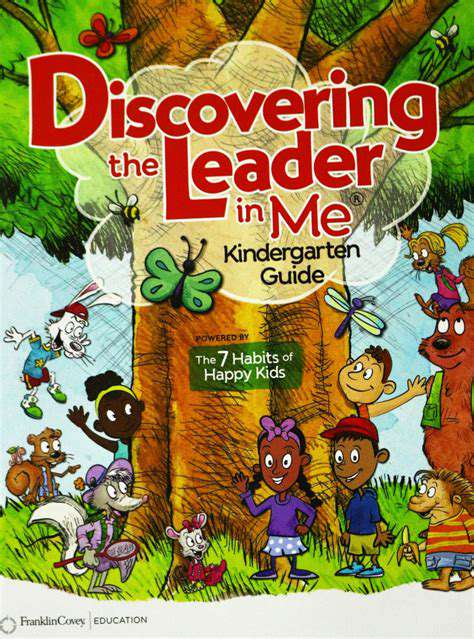
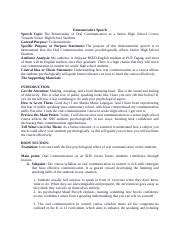
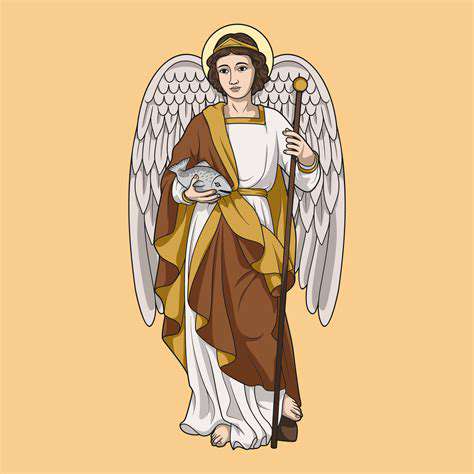





![Guide to Budget Travel for Students [Saving Money]](/static/images/27/2025-06/SavoringBudget-FriendlyFoodExperiences.jpg)
